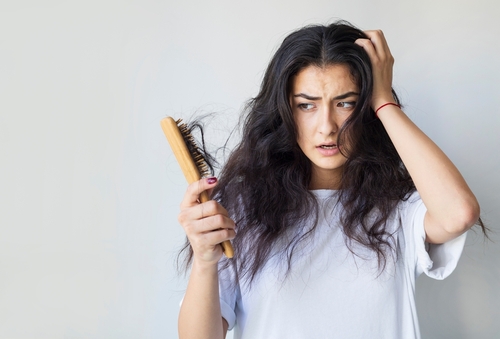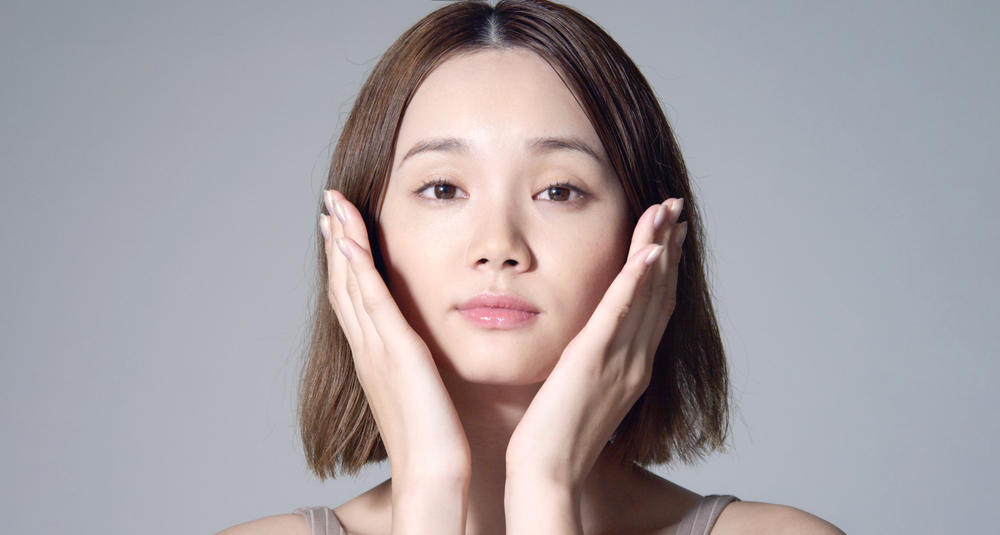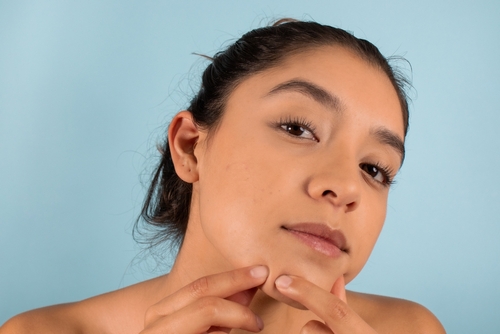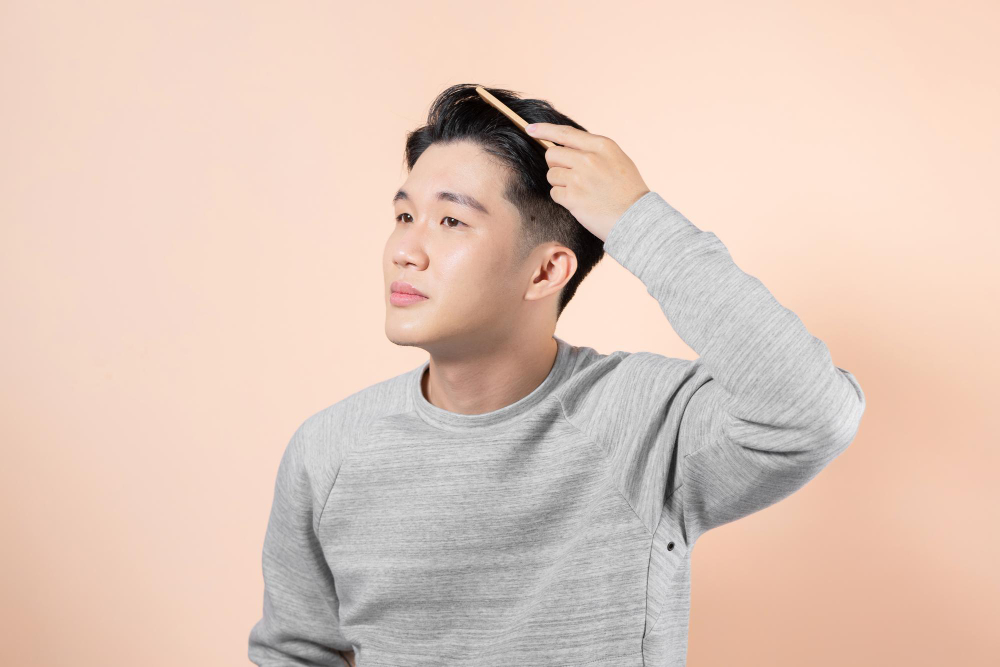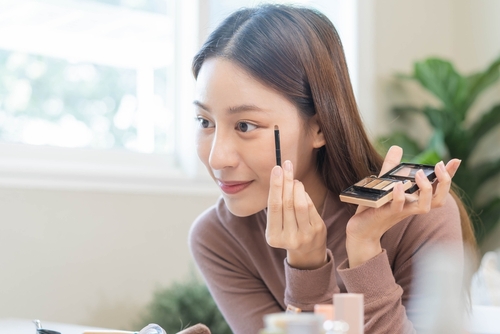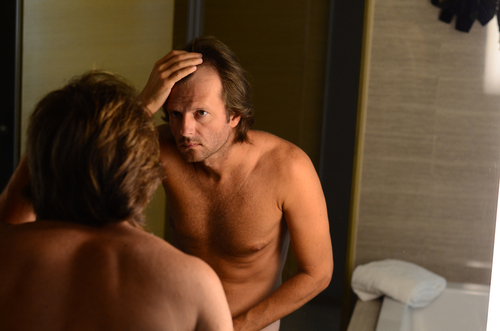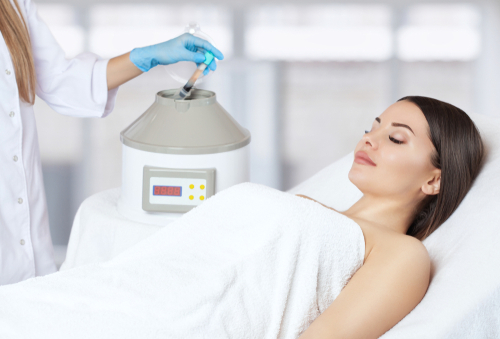
What Are Dos And Don’ts After PRP
As a non-surgical hair restoration method, platelet rich plasma injections offer less downtime and recovery than a traditional hair transplant surgery. However, you do need still need to use caution to prevent damaging your results or promoting complications. Here are some dos and don’ts after PRP.
DO: Take It Easy
While you do not need to take time off work and can go about your daily activities, it is best to refrain from strenuous activities. Sweating can cause irritation and worsen swelling. Additionally, in rare cases, it can complicate results. Some people do choose to take a day or two off work, but this is not necessary.
DON’T: Shower For A Couple Of Days
Like with hair transplant surgery, you will want to wait to shower. Depending on your exact procedure, you generally can shower within 24 to 48 hours of your procedure. Your provider can better guide you on this. Still, you will want to be careful when doing so.
DO: Continue Using Other Hair Restoration Methods
After one to two days, you can resume using minoxidil or other at-home hair restoration methods. This can help improve your results over time.
DON’T: Drink Or Smoke
While not a surgical procedure, drinking and smoking can promote complications and hinder results from PRP and PRF hair restoration.
To learn more and schedule a consultation, call us at 206-279-2112. You can also reach out online via chat or contact form.

